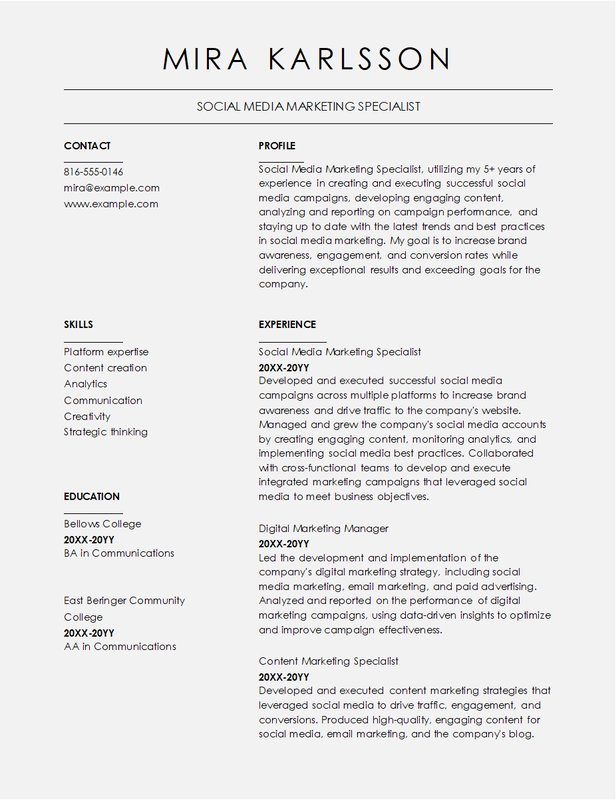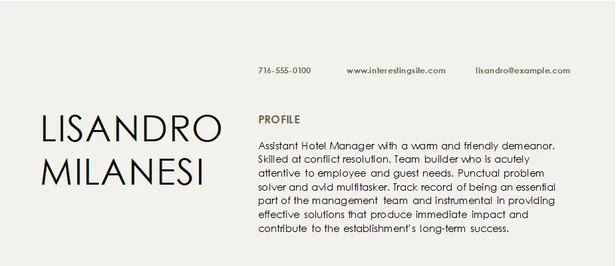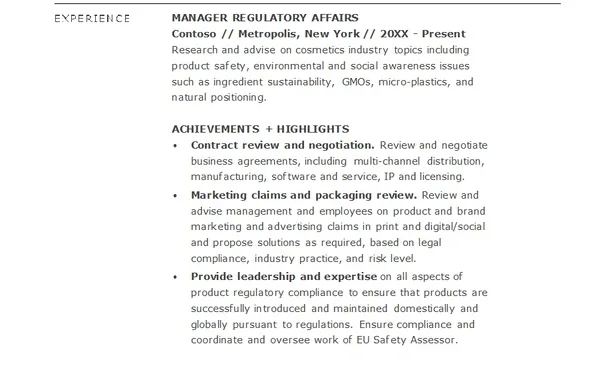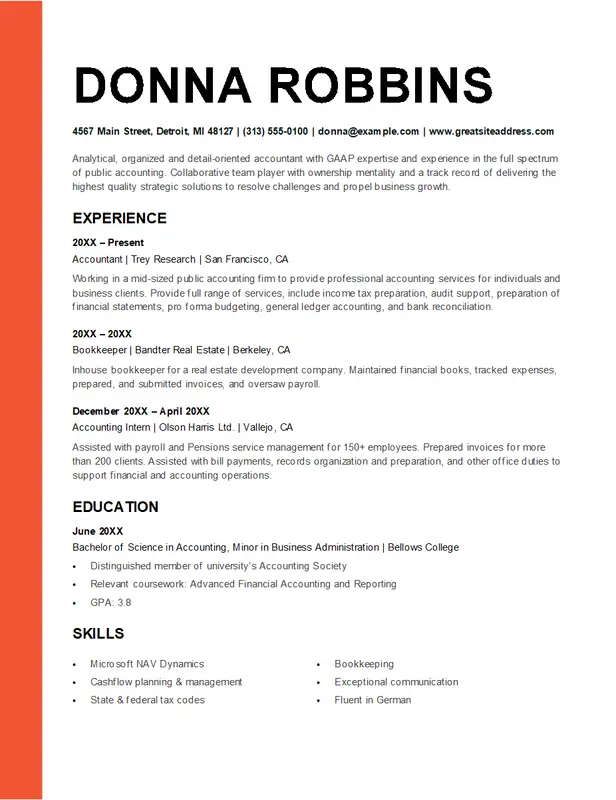A professional resume is your ticket to making a great first impression on potential employers. It’s essential to present your qualifications, experience, and skills effectively. Knowing how to write a professional resume can set you apart from other candidates and help you secure the job you want.
Importance of a Professional Resume
A well-crafted resume is crucial because it showcases your qualifications and experiences in a structured manner. Employers use resumes to determine if you’re a suitable candidate for the role, making it a key tool in your job search arsenal. Beyond simply listing your job history, a professional resume communicates your value proposition and tells employers why you are the best fit for the position.
What Makes a Resume Effective
An effective resume is clear, concise, and tailored to the job you’re applying for. It highlights your most relevant experiences and skills, using a format that’s easy to read and professional in appearance. It should be a reflection of your career trajectory, showing progression, achievements, and how your past experiences have prepared you for the role you’re targeting.
1. Understanding Resume Basics

Key Components:
- Contact Information: Include your full name, phone number, email address, and LinkedIn profile. Ensure your email address is professional.
- Summary: A brief statement that outlines your professional background and key skills. This section should capture the essence of who you are as a professional.
- Experience: Detailed descriptions of your previous jobs, focusing on responsibilities and achievements. Each job entry should include the company name, your job title, the dates you were employed, and bullet points highlighting your main tasks and accomplishments.
- Education: Information about your academic background, including degrees and certifications. Mention any honors or awards received.
- Skills: A list of relevant skills that match the job description. This should include both hard and soft skills pertinent to the job.
Different Resume Formats:
- Chronological: Lists work history in reverse chronological order. Ideal for those with a strong, continuous work history. It emphasizes career progression and stability.
- Functional: Focuses on skills and experiences rather than job history. Suitable for those with gaps in employment, those making a career change, or those with diverse experiences not necessarily linked by a single job history.
- Combination: A mix of chronological and functional formats. Best for highlighting skills while providing a clear job history. It allows you to showcase your skills and achievements upfront while still providing a chronological work history.
2. Crafting a Strong Summary Statement

How to Write a Compelling Summary:
- Start with a powerful opening sentence that captures your professional identity. This could include your job title and years of experience.
- Highlight your key skills and experiences. Mention a couple of your top achievements or strengths that align with the job you’re applying for.
- Keep it concise and focused on the job you’re applying for. Aim for three to four sentences.
Tailoring It to the Job Description:
- Use keywords from the job listing. This helps your resume get past Applicant Tracking Systems (ATS).
- Focus on what makes you a strong fit for the role. Highlight how your background and skills directly address the needs of the job.
- Customize the summary for each job application. This small adjustment can significantly increase your chances of getting noticed.
3. Highlighting Your Experience

Effective Ways to List Job Duties and Achievements:
- Use bullet points for easy readability. Each bullet should be a single, concise statement.
- Start each bullet point with a strong action verb. This makes your responsibilities and achievements sound more dynamic and impactful.
- Focus on key responsibilities that align with the job you’re applying for. Prioritize the most relevant experiences.
Quantifying Accomplishments:
- Use numbers to demonstrate your impact (e.g., “Increased sales by 20%”). Quantifying your achievements provides concrete evidence of your contributions.
- Provide context for your achievements. Explain the scope of your responsibilities and how you achieved your results.
- Highlight significant contributions and results. Employers want to see the value you brought to previous roles.
4. Showcasing Your Skills

Identifying Relevant Skills:
- Review the job description to identify required skills. Make a list of these skills and ensure they appear on your resume if you possess them.
- Include both hard skills (e.g., software proficiency) and soft skills (e.g., communication). Employers look for a balanced skill set.
- Highlight skills that are most relevant to the job. Focus on the skills that will make you successful in the specific role.
Using Keywords from Job Descriptions:
- Incorporate keywords naturally throughout your resume. This helps with ATS and shows that you understand the job requirements.
- Ensure your skills section reflects the job requirements. Tailor your skills list to align with what the employer is seeking.
- Avoid keyword stuffing; focus on genuine alignment. Use keywords in context, demonstrating how you’ve applied these skills in your past roles.
5. Formatting and Design Tips

Professional Layout and Design:
- Use a clean, easy-to-read font (e.g., Arial, Calibri). Font size should be between 10 and 12 points for the body text.
- Maintain consistent formatting throughout the document. This includes font type, size, and color.
- Use headings and bullet points to organize information. This makes your resume easier to skim and ensures key information stands out.
Avoiding Common Formatting Mistakes:
- Avoid using too many fonts or colors. Stick to one or two fonts and a simple color scheme.
- Keep margins and spacing uniform. This gives your resume a neat, organized look.
- Ensure the document is well-structured and not cluttered. A clean layout helps the reader focus on the content.
6. Proofreading and Final Touches
Importance of Proofreading:
- Typos and errors can make a negative impression. They suggest a lack of attention to detail.
- Read your resume multiple times to catch mistakes. Reading out loud can help you spot errors you might miss when reading silently.
- Consider asking a friend or professional to review it. A fresh pair of eyes can catch mistakes you might overlook.
Tools and Resources for Resume Reviews:
- Use online tools like Grammarly for grammar and spelling checks. These tools can catch basic errors and suggest improvements.
- Take advantage of resume review services. Many professional services offer in-depth reviews and feedback.
- Utilize resources like LinkedIn Learning for additional tips and best practices. These platforms offer courses and tutorials on resume writing and job search strategies.
Final Thought
A professional resume is a vital tool in your job search. By understanding resume basics, crafting a strong summary, highlighting your experience and skills, and paying attention to formatting and proofreading, you can create an impressive resume. Remember to update and customize your resume regularly to reflect your latest achievements and to match the job you’re applying for. With a well-crafted resume, you’re one step closer to landing your dream job. Take the time to perfect it, and it will pay off in your job search efforts.







